For many new crypto investors out there, knowing where to store your digital currency is one of the harder choices to make.
Do you keep all of your crypto in the exchange? In an online wallet? What kind of wallet should I use? An online wallet for easy accessibility? A hardware wallet for safety?
Once you have done your research and figured out where exactly you are keeping your cryptocurrency, the next step is transferring your assets to that wallet. This step is crucial for both new and experienced investors, as each wallet varies in how to transfer your funds.
In this post, we will guide you through the process of transferring BTC to your desired wallet, while comparing the process with some of the most popular choices out there.
Adding Bitcoin to Your Wallet
The first step in cryptocurrency management is learning how to add funds to your Bitcoin wallet.
Whether it’s a hot or cold wallet, the process involves obtaining a Bitcoin address from your wallet and using it to transfer funds from an exchange or another wallet.
For example, to obtain the address for my wallet on Binance:
- I need to go to “Overview” in the main menu.
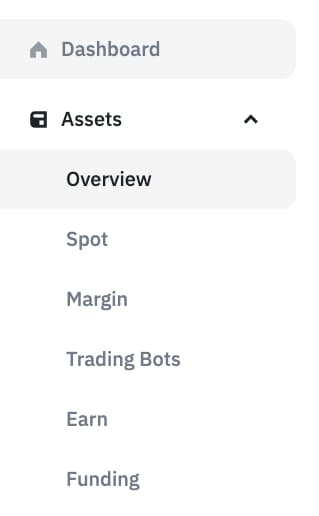
- Click on “Deposit.”
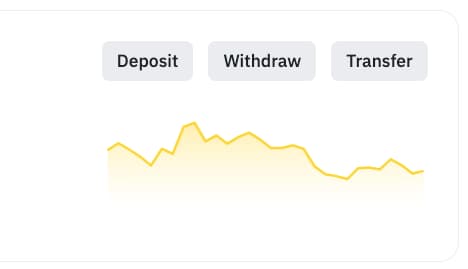
- Choose the currency and network.
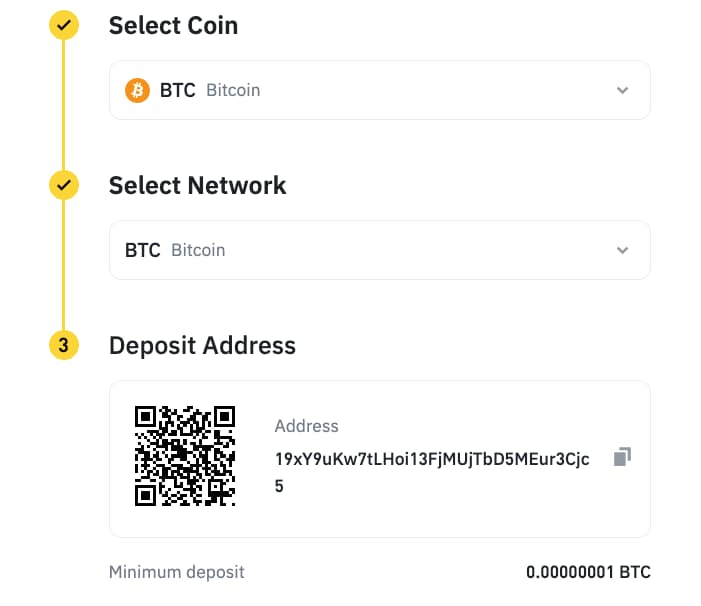
- And that’s it, I will have created my address to receive cryptocurrencies.
Keep in mind that leaving your cryptocurrencies in the exchange wallet is one of the riskiest decisions (we’ll see why later).
Adding Funds to a Bitcoin Wallet:
Generally speaking, the process should be pretty straightforward and similar for a wide range of different wallets – know your wallet’s password and your wallet’s address. From there, you typically withdraw your Bitcoin from the exchange and transfer it to your wallet of choice.
Let’s take a deeper look into some popular options of exchanges and crypto-friendly banks.
1. Using Coinbase:
Coinbase is a popular exchange for many cryptocurrencies. Albeit a popular exchange, it is not the best place to store Bitcoin for the long haul. Adding your BTC to a crypto wallet is always going to be the safest choice for storing your assets. This is where Coinbase Wallet comes in.
To transfer Bitcoins to your Coinbase wallet:,
- Sign into your account,
- Select your Bitcoin wallet.
- Click on ‘Receive’ to generate a unique Bitcoin address.
- Use this address to transfer Bitcoins from an external source into your Coinbase Wallet.
It is important to note that moving Bitcoin from your Coinbase.com account to the Coinbase Wallet is no longer considered part of the exchange as it is now in the self-custodial wallet. This means that the responsibility of keeping your assets safe is up to you now!
2. Transferring Money from a Bank to a Bitcoin Wallet:
To transfer money from your crypto-friendly bank to a Bitcoin wallet, you first need to purchase Bitcoins using your bank account.
Connect your bank account to a reliable exchange, then purchase Bitcoins, and then transfer these to your desired Bitcoin wallet using the specific Bitcoin address.
Different Wallet Types for Storing Bitcoin
There are wallets available for storing your crypto that are software-based, also known as Hot Wallets, as they rely on an internet connection.
Hardware wallets, which usually are considered Cold Wallets for the most part as they are typically physical objects that do not necessarily need to be connected to a device on the internet, then there are Paper Wallets…yes, as it sounds. PAPER.

Hands down, the safest place to store your Bitcoin is a Hardware Cold Wallet. However, Hot Wallets and even Paper Wallets are also used among crypto enthusiasts.
Let’s have a look at some popular examples of wallets and the steps to moving your Bitcoin.
Transferring Bitcoin to a Cold Wallet: A Step-by-Step Guide
Example 1: Material Bitcoin
You have two options for adding Bitcoin to your Material Bitcoin Wallet. First, if you already have BTC on another exchange, you simply need to send your Bitcoin to the public address engraved on your Material Bitcoin wallet.
For example, if you want to do it from Binance, here’s my guide on “how to withdraw from Binance.”
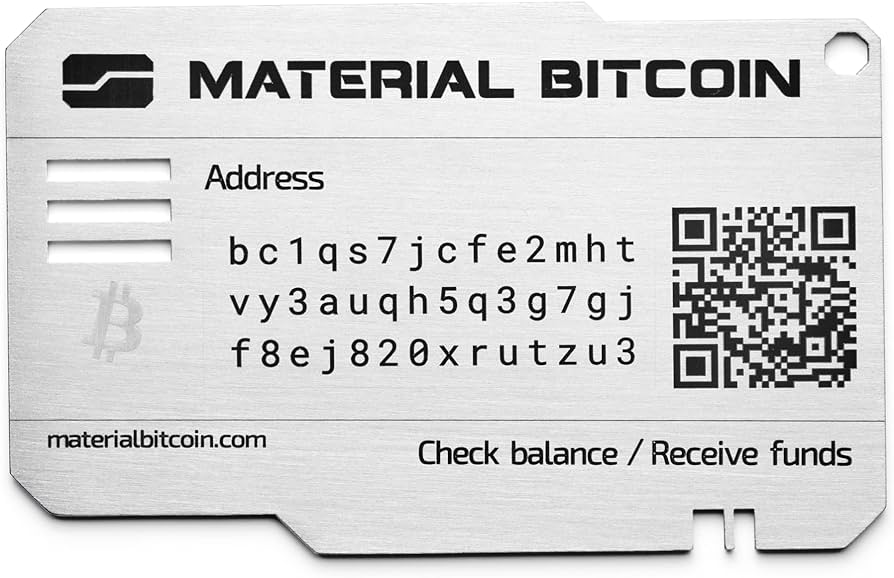
Or, if you are looking to convert money to Bitcoin and then move it to your Material Bitcoin Wallet, all you need to do is enter your crypto exchange and then send your funds from there to the address on your Material Bitcoin wallet, which you can access by scanning the QR Code found on the steel plate.
Check out the full tutorial for transferring Bitcoin.
Easy-Peasy!
Example 2: Ledger Wallet
Ledger is another popular hardware wallet. This digital wallet needs to be connected to your computer so that you can move your BTC. Here is how to do it:
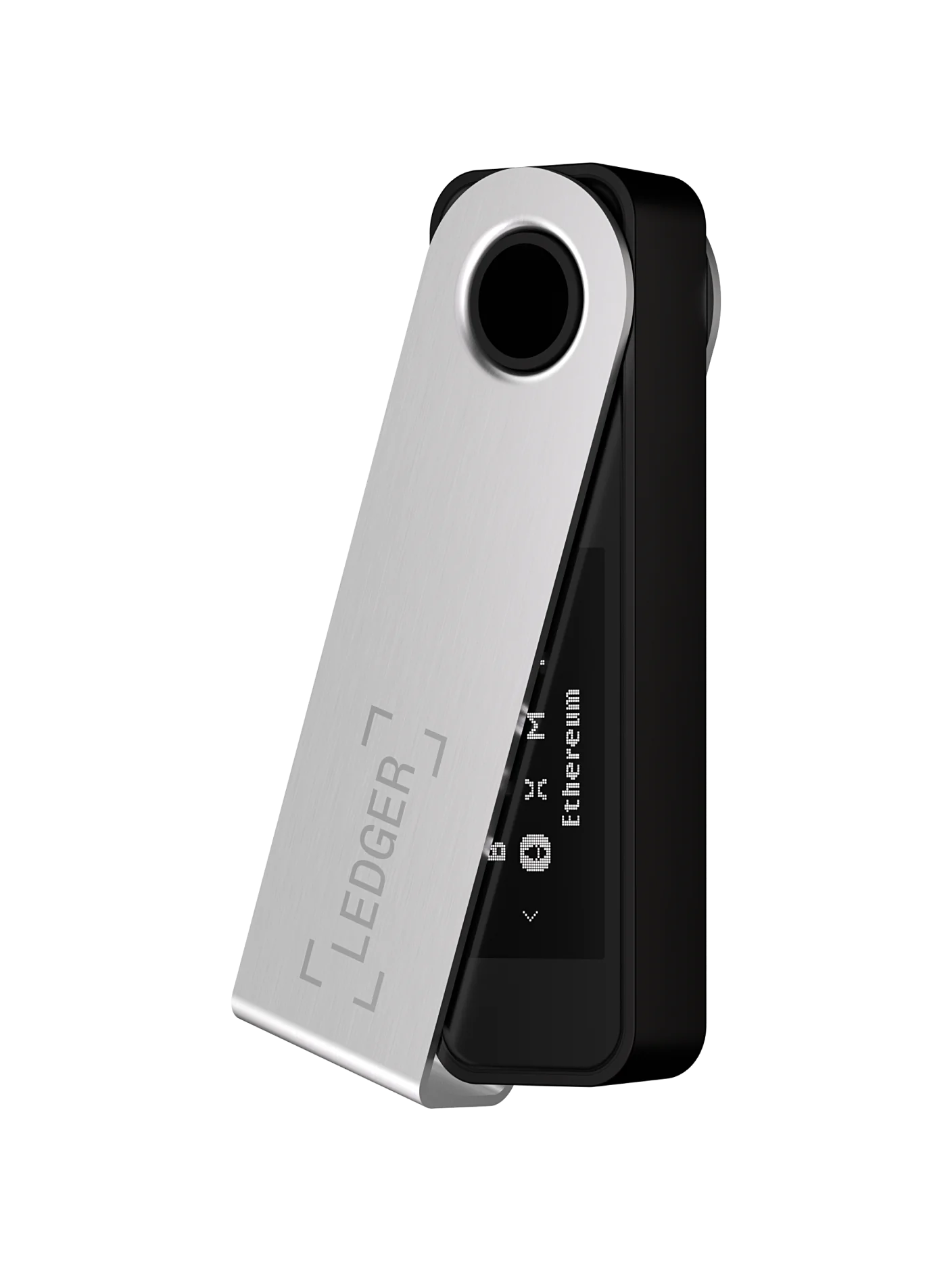
- Connect your Ledger wallet to your computer
- Open the Ledger Live app and navigate to the ‘Receive’ section.
- Choose your Bitcoin account and generate an address.
- Copy the address and go to the source of your Bitcoins.
- Start the transfer by pasting the Ledger wallet address.
- Confirm and wait for the transaction.
Follow the detailed step-by-step tutorial for sending Bitcoin to Ledger.
Comparing With Hot Wallets: Exodus Wallet
Transferring Bitcoins to a hot wallet like Exodus involves a similar process to that of cold wallets.
First, open Exodus wallet and select the ‘Receive’ option to generate a Bitcoin address. Then, use this address to transfer Bitcoins from an exchange or another wallet.
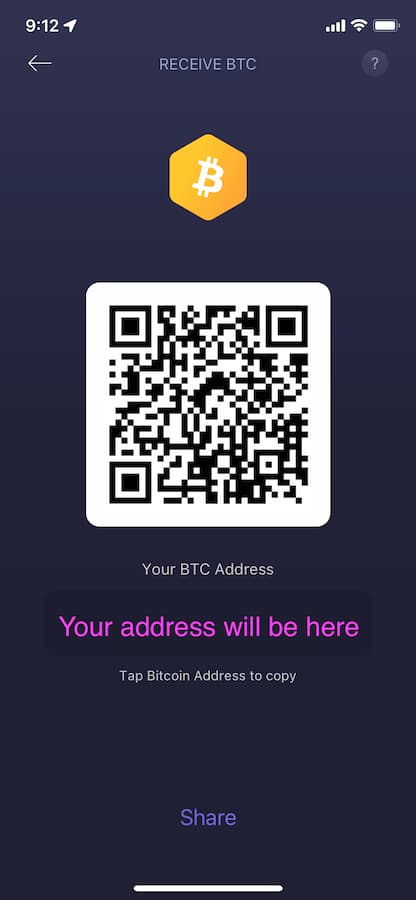
The BIG difference between Exodus and Material Bitcoin or Ledger is the wallet type – Exodus is a software-based wallet, making it more hackable but potentially less secure than hardware wallets as it keeps your private keys online.
What About a Paper Wallet?
Paper wallets, though not as common, can also receive Bitcoins. The process involves “generating” a paper wallet, which includes a public Bitcoin address and a private key.
Bitcoins can be transferred to this public address, but paper wallets require careful handling as your private keys and seed phrases are written on this piece of paper. In case of an accident or natural disaster, you could stand to lose everything if that paper gets wet, burnt or lost.
Your Bitcoin Storage
As you can see by the examples we have given, there are different wallets available for keeping your Bitcoin and luckily, most of them are pretty easy and involve basic steps that allow you to add Bitcoin to your wallet.
Our advice always remains the same: do your research on safety and protection. Know which wallets are best for safeguarding your BTC and other cryptocurrencies, such as a cold wallet offered by Material Bitcoin.

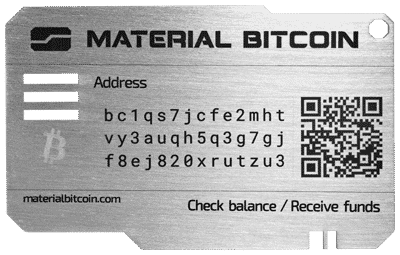





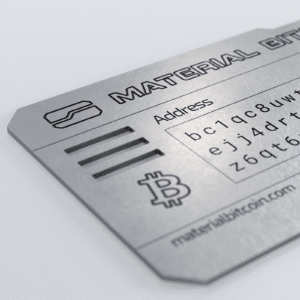
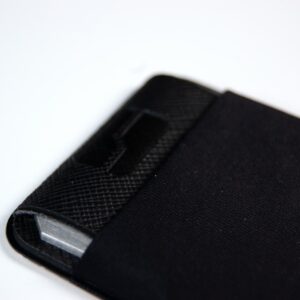

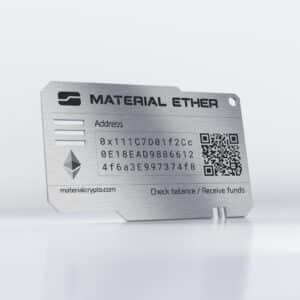
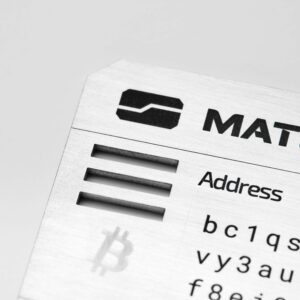
I always look forward to your articles. They’re a blend of thorough research and engaging writing.
Wow Thanks for this review i find it hard to locate excellent important information out there when it comes to this subject material appreciate for the information site